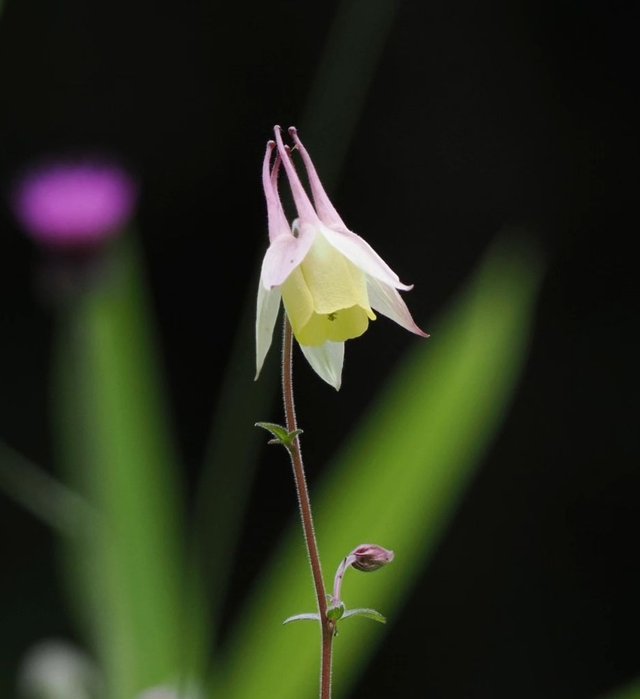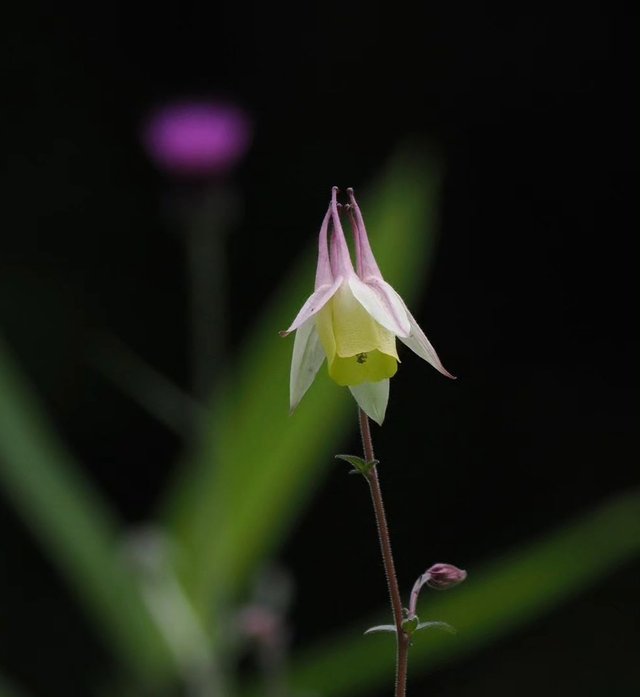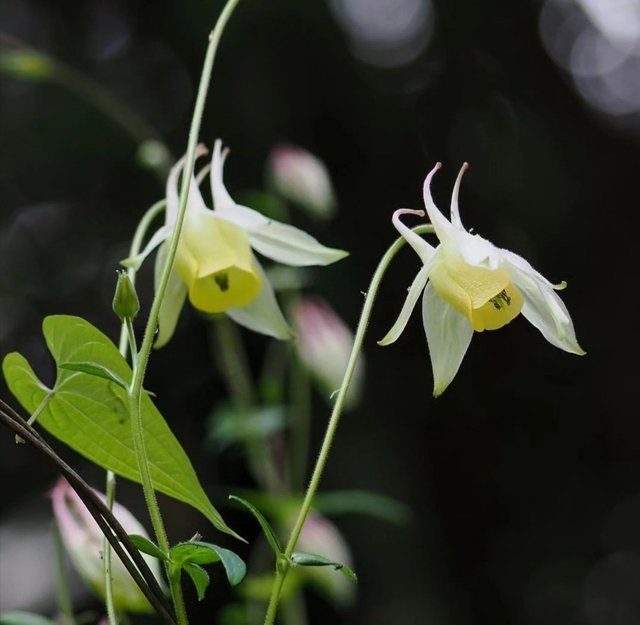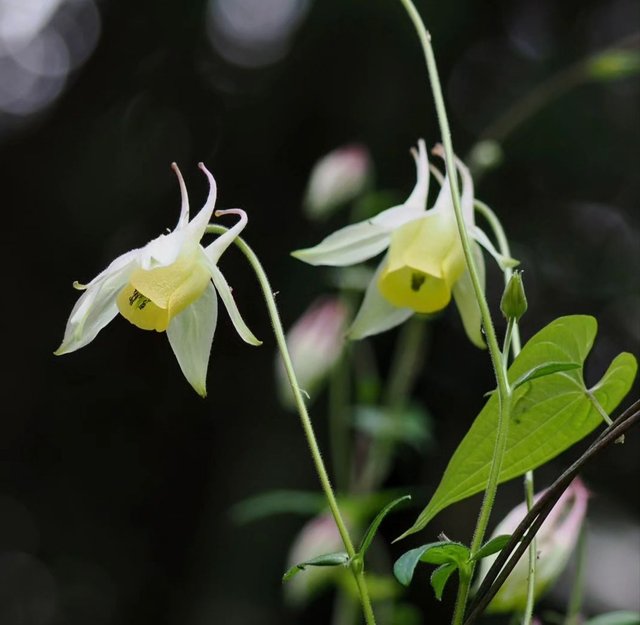Wonderful Colour Common Columbine Flower
Common Columbine: A Jewel of North American Woodlands
Introduction
Common Columbine, also known as wild columbine, red columbine, or Eastern red columbine, is a perennial herbaceous plant renowned for its distinctive and vibrant flowers. Native to North America, it flourishes in woodlands, rocky slopes, and open areas from Canada to the eastern United States. This plant not only contributes significantly to the biodiversity of its habitat but also captivates gardeners and nature enthusiasts with its delicate beauty and ecological importance.
Botanical Characteristics
Common Columbine is a member of the Ranunculaceae family, which includes buttercups and other herbaceous flowering plants. It typically grows to a height of 1 to 2 feet and features a basal rosette of leaves with long, slender stems that support nodding, bell-shaped flowers. The flowers, which bloom from late spring to early summer, are a striking combination of red and yellow. Each flower has five red spurs that project backward and five yellow petals that form a tube, surrounded by numerous stamens.
The leaves of Common Columbine are divided into three lobes and are often bluish-green, adding a delicate texture to its appearance. The plant's overall form and vibrant flowers make it a standout in any natural setting or garden.
Habitat and Distribution
Common Columbine is highly adaptable and can thrive in various environments, from shaded woodlands to sunny, rocky outcrops. Its native range extends across much of eastern North America, from Nova Scotia and Manitoba in Canada, southward to Florida and Texas. This wide distribution is a testament to the plant's versatility and resilience.
In the wild, Common Columbine is often found in well-drained soils, thriving in the dappled sunlight of forest edges and clearings. Its preference for rocky slopes and outcrops makes it a vital component of these ecosystems, where it can often be seen clinging to crevices and ledges.
Ecological Role
Common Columbine plays a crucial role in its ecosystem, providing nectar and pollen for a variety of pollinators. The plant's unique flower shape is particularly adapted to attract hummingbirds, which are its primary pollinators. The long spurs of the flowers are perfectly suited to the hummingbirds' long beaks, allowing them to access the nectar while facilitating pollination.




